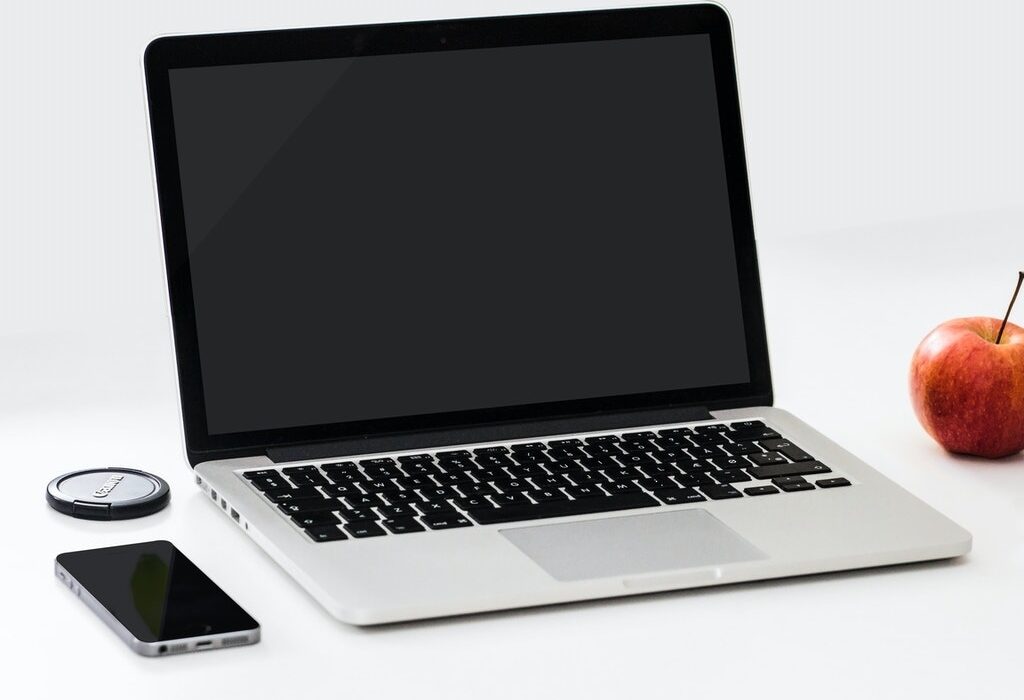It’s no surprise that laptops have become our favorite tech tools. Smartphones and tablets are sexy, but nothing compares to a full-fledged laptop that lets you do everything from making presentations to streaming fun videos to playing games. That said, shopping for a laptop is different than buying the latest smartphone or tablet because the landscape is vast and varied. In the market for a laptop? Here are some things to consider:
Decide on An Operating System
When purchasing a laptop, the big three options you have in terms of operating systems are Windows, MacOS, and Chrome OS. Choosing one isn’t to be taken lightly because of how hard it is for the average user to switch operating systems once the machine is up and running. Each has its own quirks and personality, so determine which would work best for your needs. If you’re an Apple fan, the choice is simple: There’s no other platform quite like macOS. Others will have to decide between Windows and Chrome OS.
Determine if You Want a 2-In-1
Traditionally PCs are laptops that work best when you’re sitting in front of them to interact with their keyboard and touchpad. However, what if you wanted a device that offers the performance of a laptop with the on-the-go convenience of a tablet? 2-in-1s are just that: portable laptops that can switch from laptop mode to tablet mode. These generally come in two different styles: detachables with screens that come off the keyboard entirely and flexible laptops with hinges that bend back 360 degrees to change modes. There are some good 2-in-1s out there for less than $500; however, most hybrids cost more than that, so make sure you’re getting the one with the features that matter most to you.
Compare the Specs
When you’re shopping for a laptop, it can be tough to know what features to look for. But don’t worry. Even for experts, the sheer number of specs can become overwhelming. So, create a list of all the specifications that matter most to you, from processor speed and battery life down to screen size and operating system, and then compare those specs across models that fit your requirements.






